Modern technology is increasingly synthetic, with inventions mimicking real elements. While some, like synthetic mucus, offer life-saving potential, others border on bizarre. Synthetic creatures are pushing the boundaries of life, and some animals are even giving their lives to protect their real counterparts. The world of synthetic creations often holds a darker side too, filled with black markets and fraud.
Eggs Without the Chicken

For years, anti-meat advocates and scientists have sought alternatives to chicken eggs. Annually, about 2 trillion eggs are produced by chickens, often confined in cramped, sunless conditions. Furthermore, chicken farming has a substantial environmental impact.
Egg substitutes have existed for a while, but they often taste artificial and lack the qualities of real eggs. One critical property is the ability to emulsify ingredients, essential for blending substances like oil and water.
Hampton Creek Foods is dedicated to finding the perfect emulsifier from plant-based sources to create a synthetic egg. They’ve developed a powdered egg that’s nutritionally sound and indistinguishable from real eggs when used in baking.
Fake Mucus
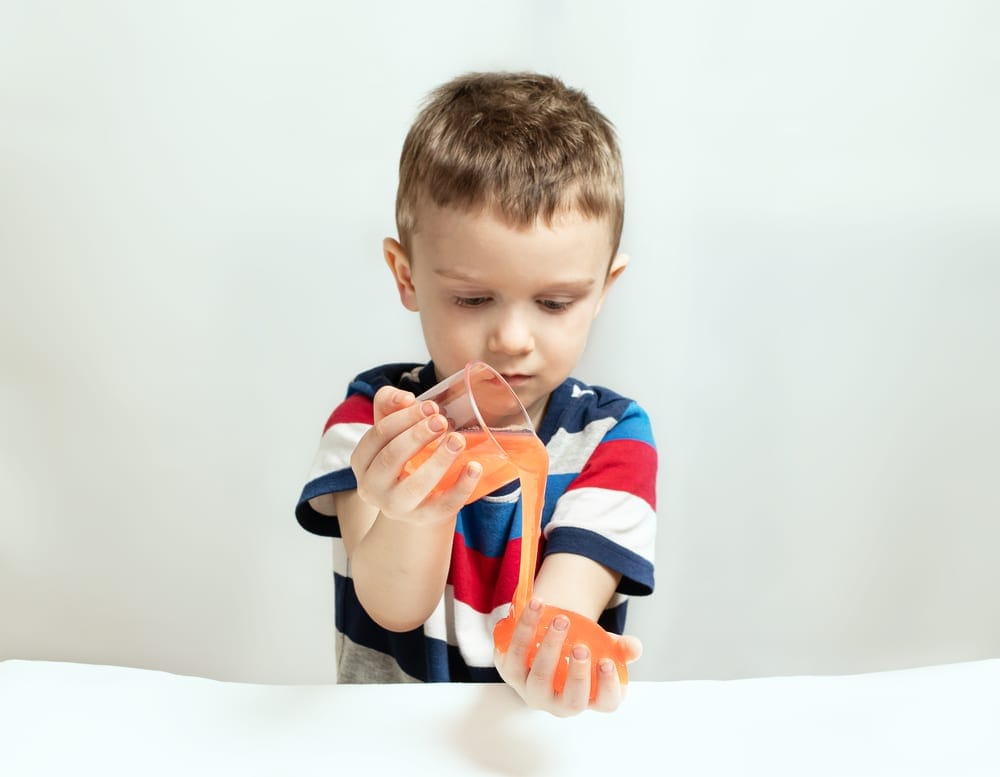
Synthetic snot isn’t just a novelty item; it has potentially life-saving applications. Mucus, produced in large amounts daily, moisturizes tissues and traps microbes, defending against infections. A synthetic version could mimic these abilities, fighting infectious diseases by trapping microbes and providing antimicrobial properties.
The challenge lay in replicating mucins, the building blocks of mucus. However, a team at MIT successfully created artificial mucins in 2021. The synthetic slime even outperformed the real thing.
Food From Electricity
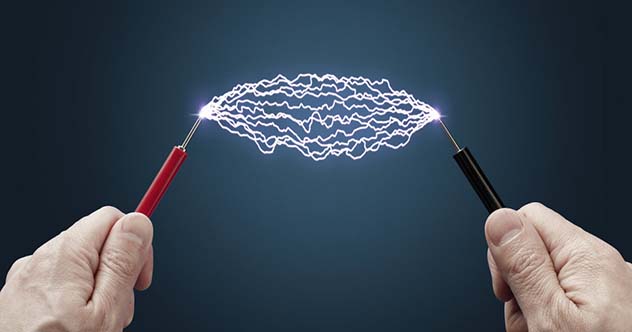
Imagine creating food by combining microbes, carbon dioxide, and water, then using electricity to produce a nutritious protein powder. Finnish researchers developed this process using water and electrolysis.
So, why hasn’t this eliminated world hunger?
In 2017, the process took two weeks to produce just one gram of the powder. Scaling this to commercial levels would require a decade or more of further development.
A Living Robot
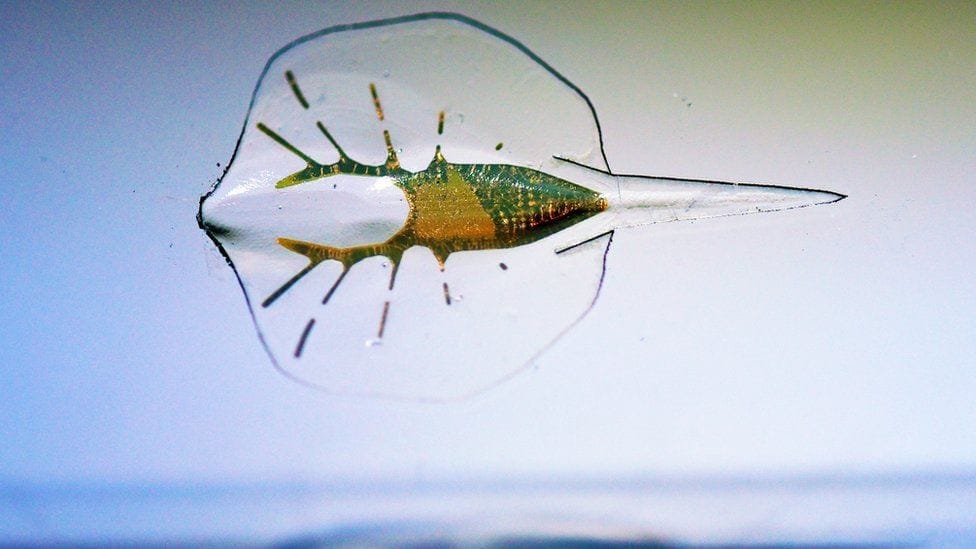
Dubbed the rat-ray, this synthetic creature resembles a stingray and is covered with approximately 200,000 living rat heart cells. It also features a gold skeleton.
Researchers aimed to understand more about hearts by engineering heart cells to behave in specific ways. This could potentially lead to creating synthetic hearts that function like real ones.
The rat-ray was successful; its heart cells responded to light by contracting, propelling it towards the light source. The gold skeleton stored energy from each contraction, keeping the rat-ray moving even after the light was turned off.
A Black Market For Pee

In the United States, there is significant demand for synthetic urine, not for scientific experiments, but to cheat on drug tests.
While legal in some states, its use is so widespread that more states are moving to ban it.
Available online, synthetic urine sells even faster on the black market, particularly at truck stops. The demand is so high that sellers struggle to keep up, making pee-dealing surprisingly profitable.
A Dog That Dies For Vets
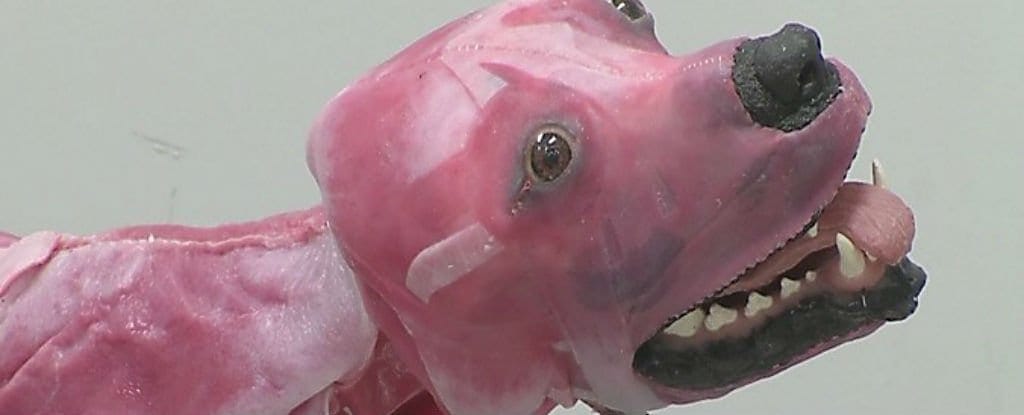
Created by SynDaver Lab, these synthetic dogs are transforming veterinary education. Previously, shelters’ pets were used in “terminal surgery,” where animals were euthanized after surgical practice.
SynDaver’s synthetic dogs, while appearing unsettling, can breathe, have a heartbeat and blood circulation, possess realistic skin, and bleed. They allow students to practice various surgeries, including brain surgery, and can simulate illnesses, diseases, and complications. When a student makes a mistake, the dog “dies.”
Patients Want This Poop

Clostridium difficile, a bacterium resistant to conventional treatments, can only be treated with a stool transplant from a human donor. A less appealing thought, right?
In 2013, a synthetic version of human feces was created in the lab from other intestinal bacteria. Marketed as RePOOPulate, it’s ultra-probiotic, doesn’t come from another person, and is more reliable and safer than real feces. It also offers long-term protection against reinfections.
Designer Autopsies
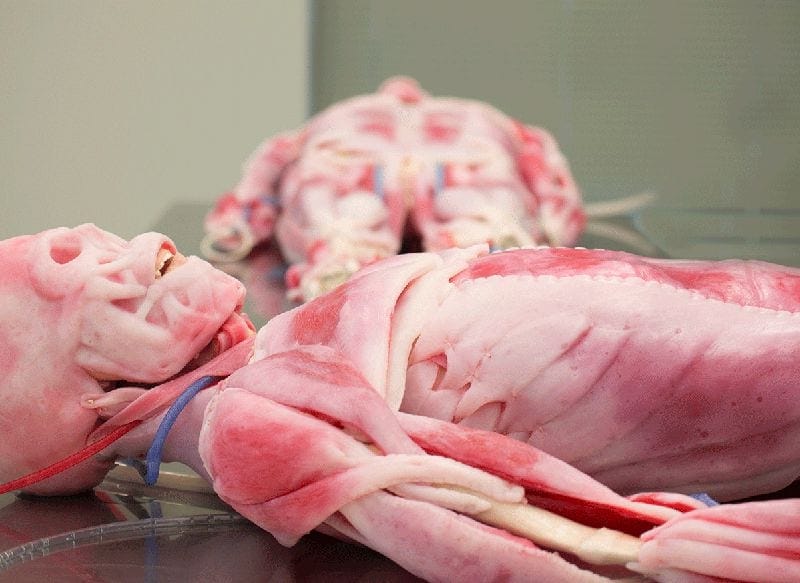
These synthetic cadavers, also known as synthetic live people, are made by SynDaver, the same company behind the synthetic dogs. They are designed to replace real bodies in medical experiments and autopsies.
SynDaver has created over 100 different tissue types, from fat to muscle, to closely mimic real counterparts. Some bodies have beating hearts and working body functions. Buyers can order specific parts, like a femoral artery or an organ with lesions.
Besides offering designer autopsies, SynDaver bodies don’t need to be frozen, and students can practice on synthetic infants, which is ethically impossible with real babies.
Synthetic Fraud

Synthetic fraud involves cloning and abusing a living person’s identity. This involves social security numbers, personal and fake information, and years of building trust.
Fraudsters often spend years paying bills to gain the trust of lenders. Once trusted, they borrow large amounts or order expensive products, abandon the false ID, and disappear.
Banks and lenders usually bear the losses, and victims of stolen social security numbers face significant issues. Synthetic fraud is the fastest-growing financial crime in the United States.
An Organism Making Unknown Molecules
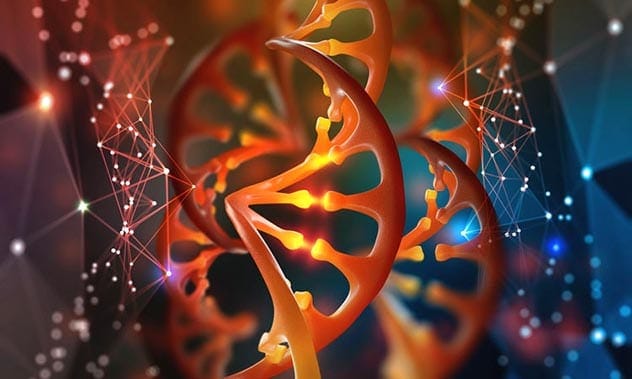
Most life on Earth has DNA with four nucleotides: A, C, G, and T. Recently, scientists added two unnatural nucleotides to E. coli bacteria, creating a semi-synthetic organism with building blocks X and Y.
This new life-form creates molecules not found in nature, including proteins and byproducts that result from the bacterium interacting with X and Y to store or retrieve genetic information.
This organism decodes its DNA in a unique way, complicating our definition of life.
From eggs without chickens to organisms making unknown molecules, synthetic inventions continue to surprise and challenge our understanding of the world. While some offer solutions to pressing issues, others raise profound questions about ethics and the definition of life itself.










